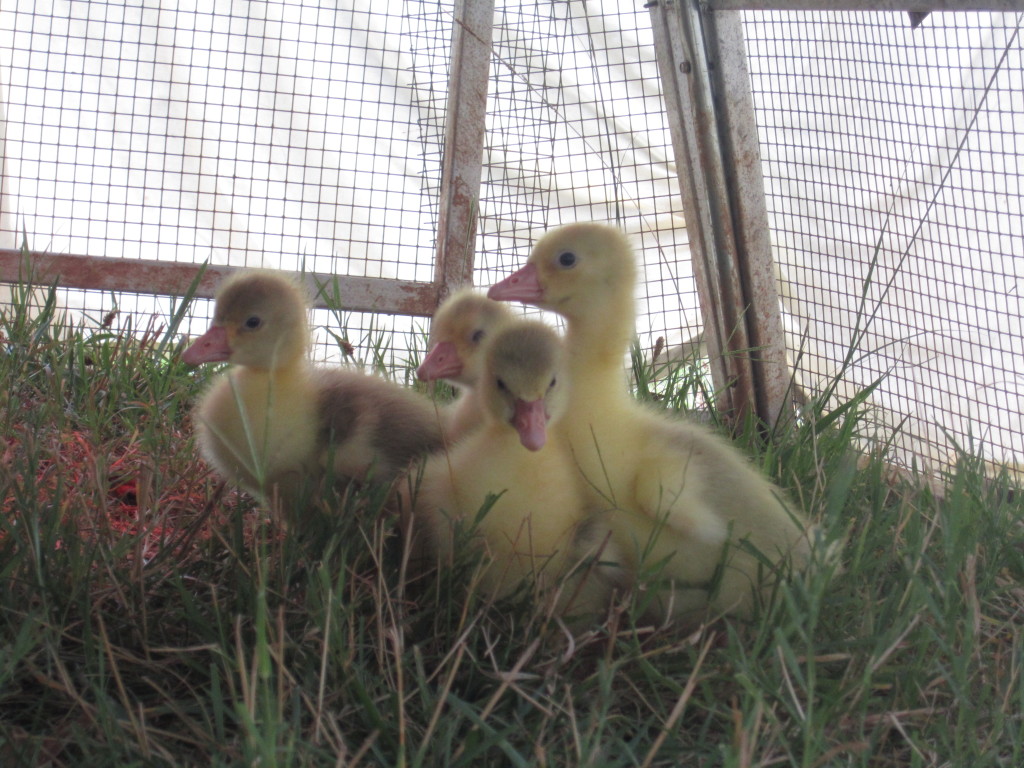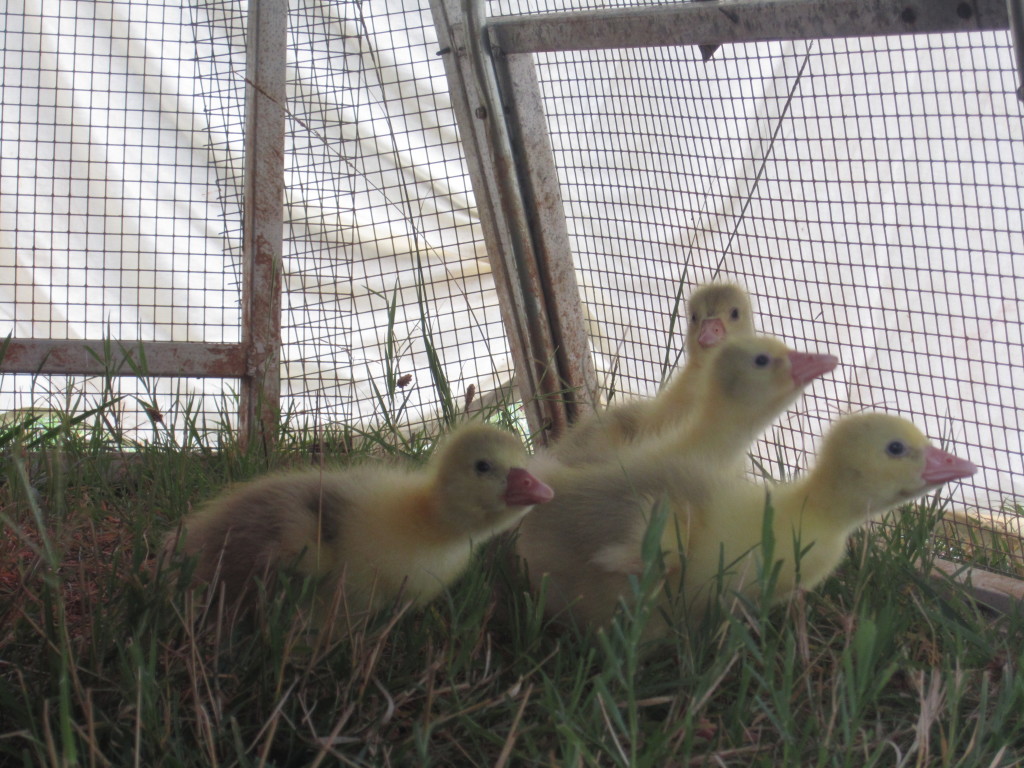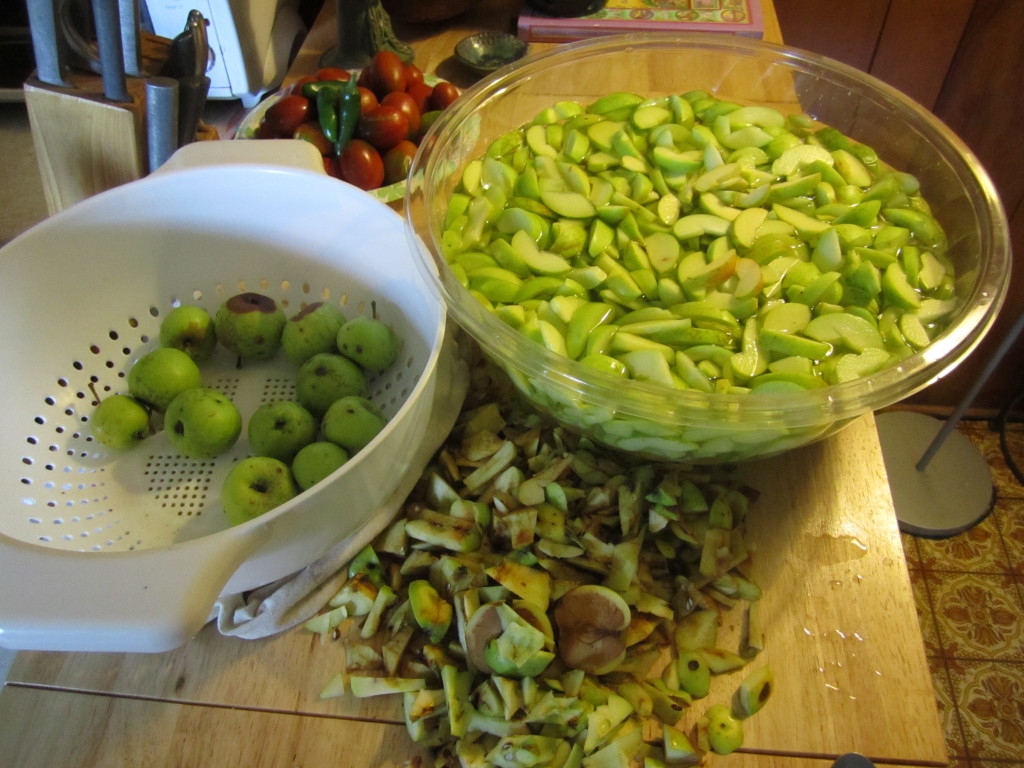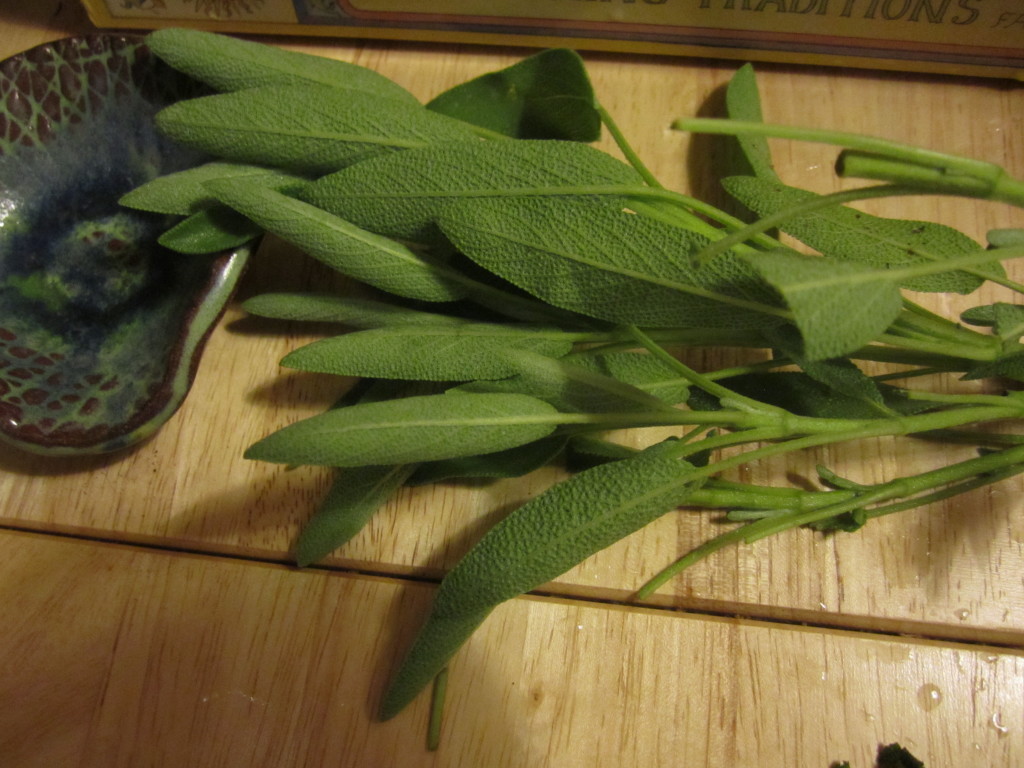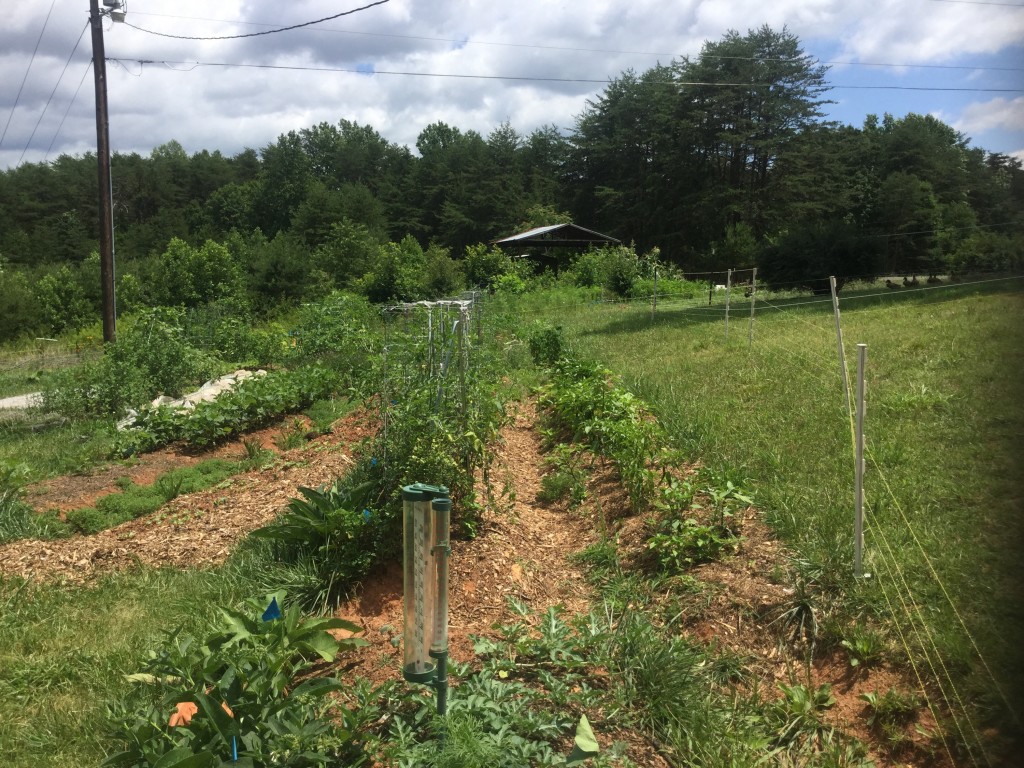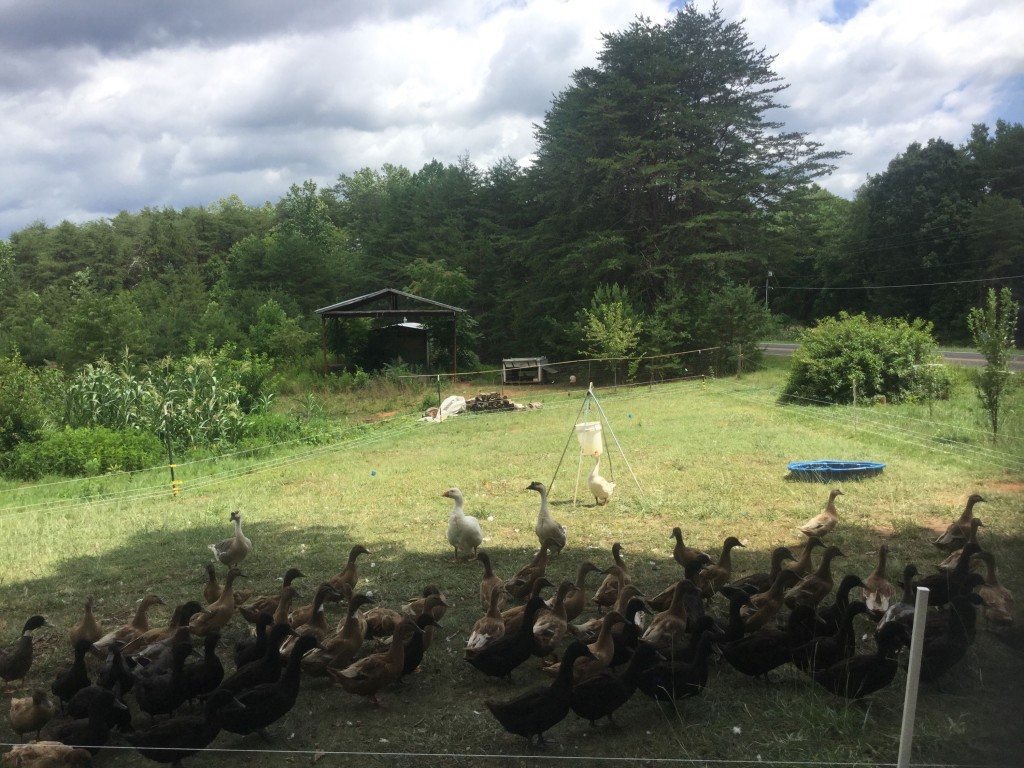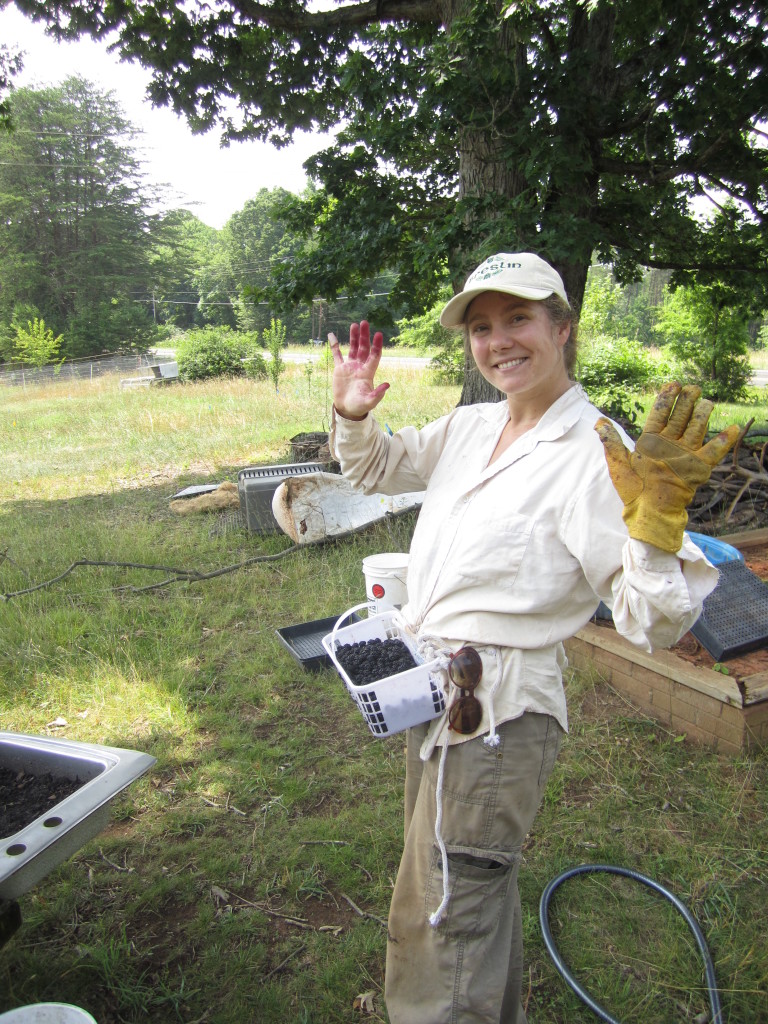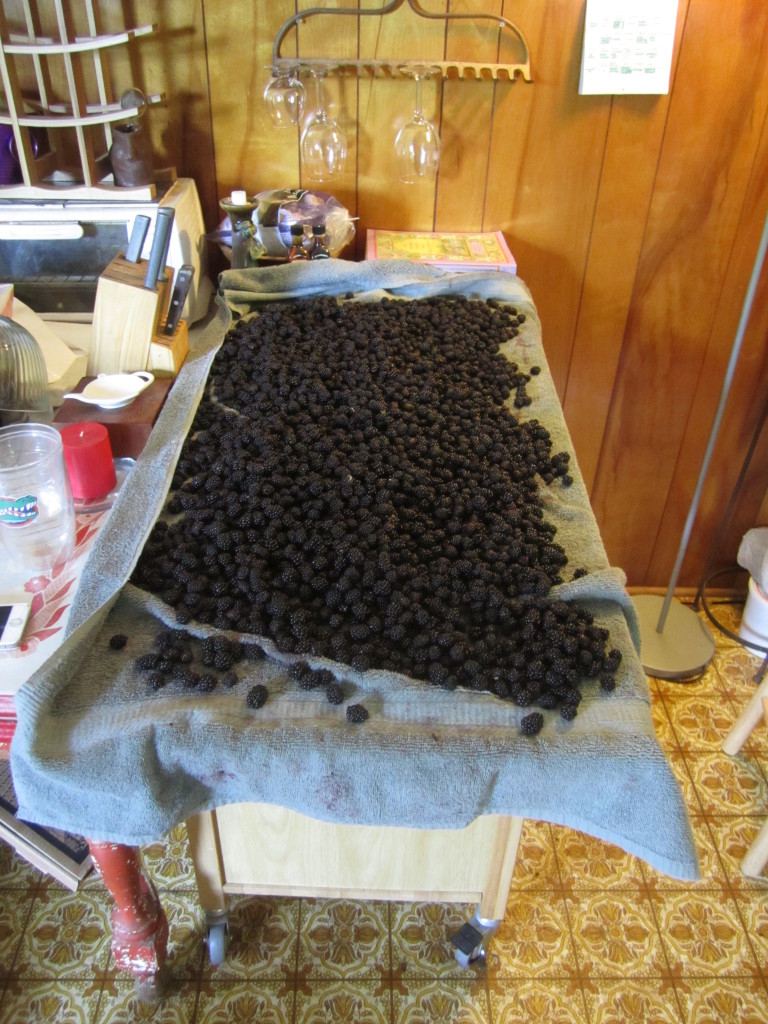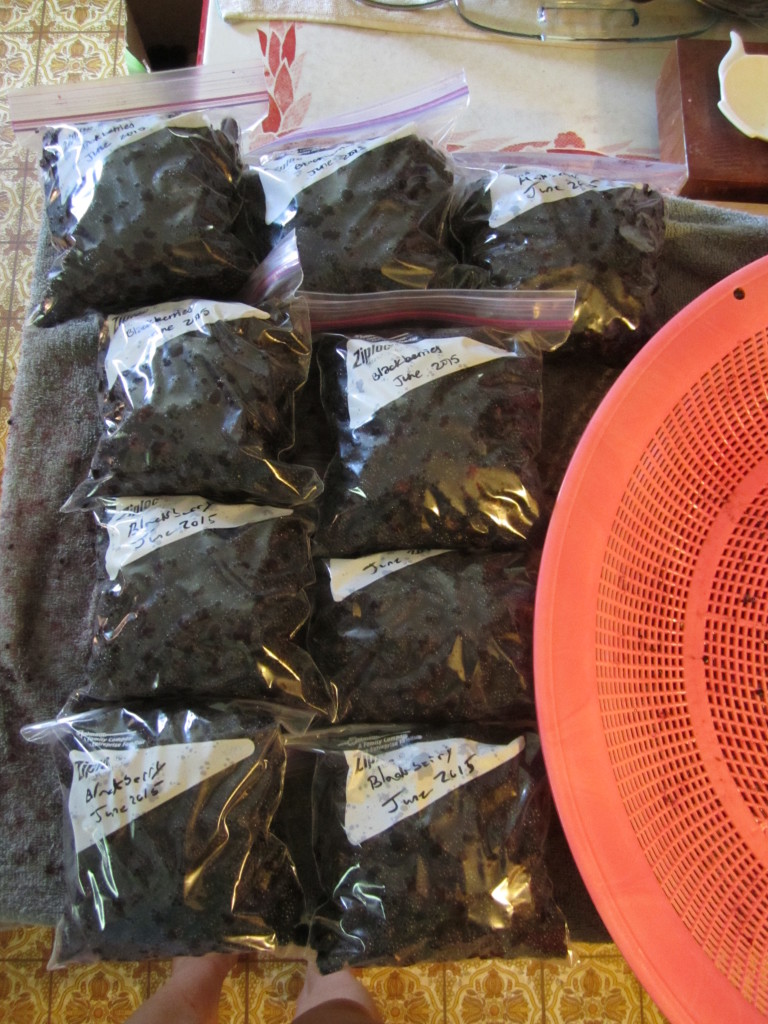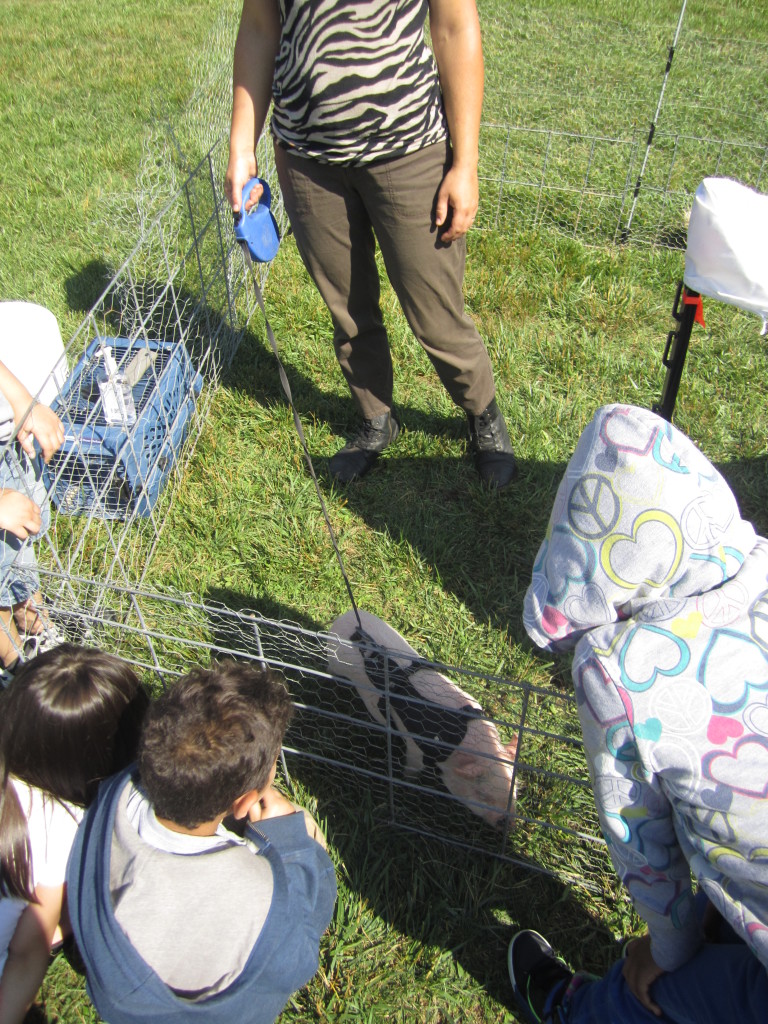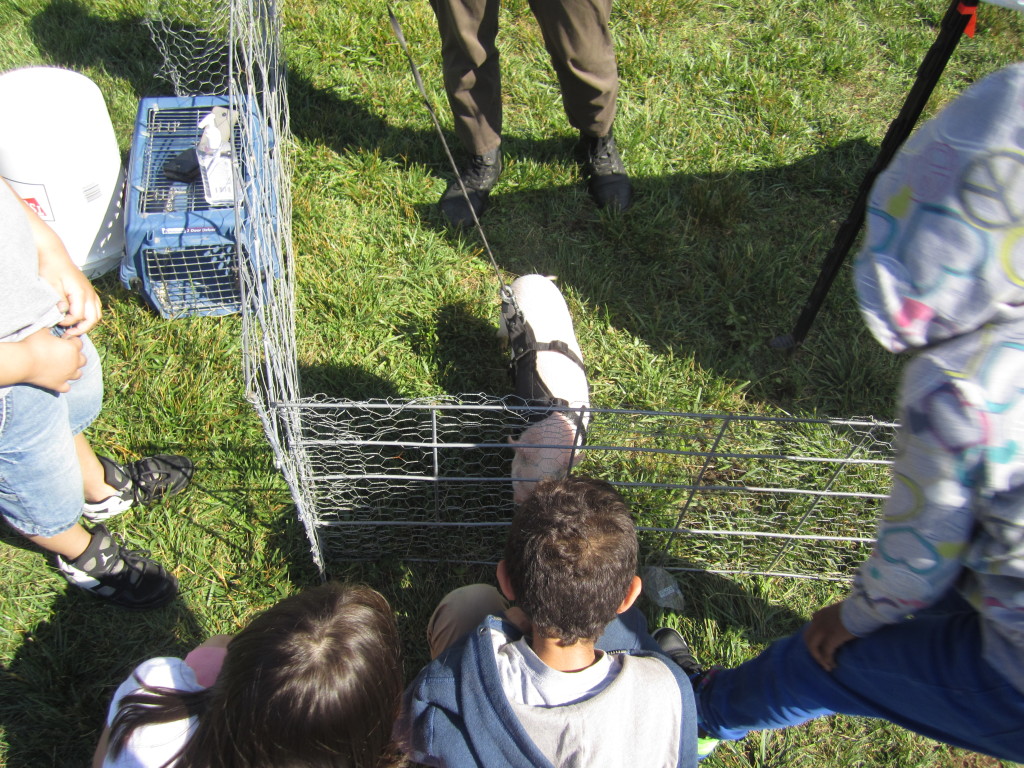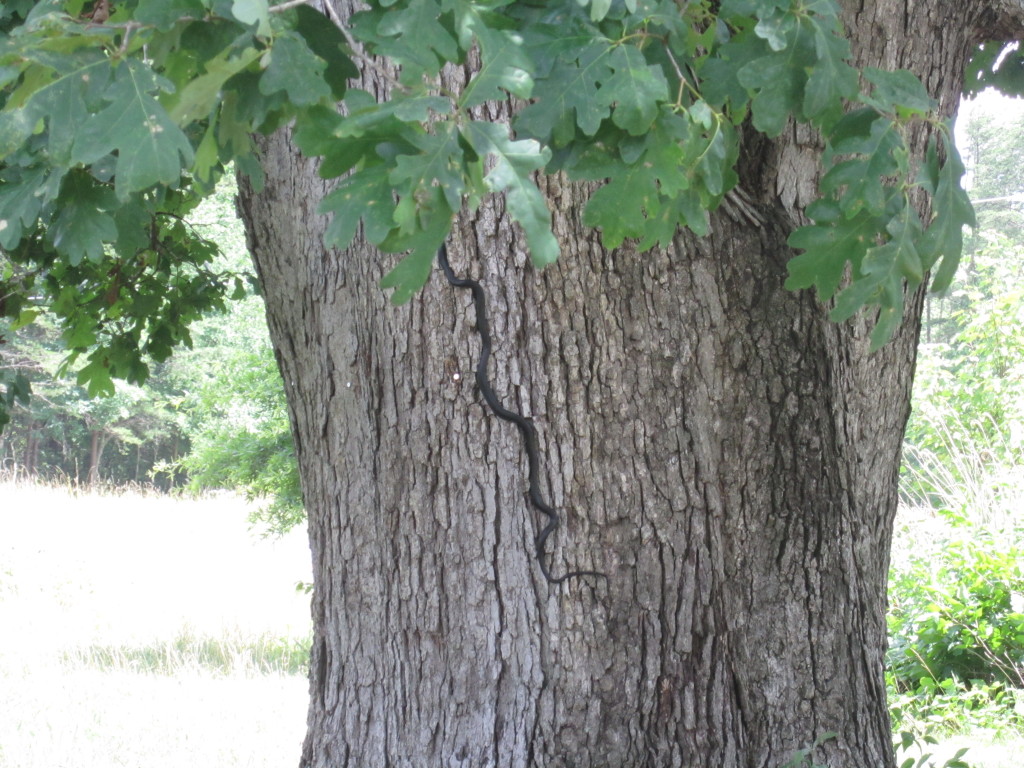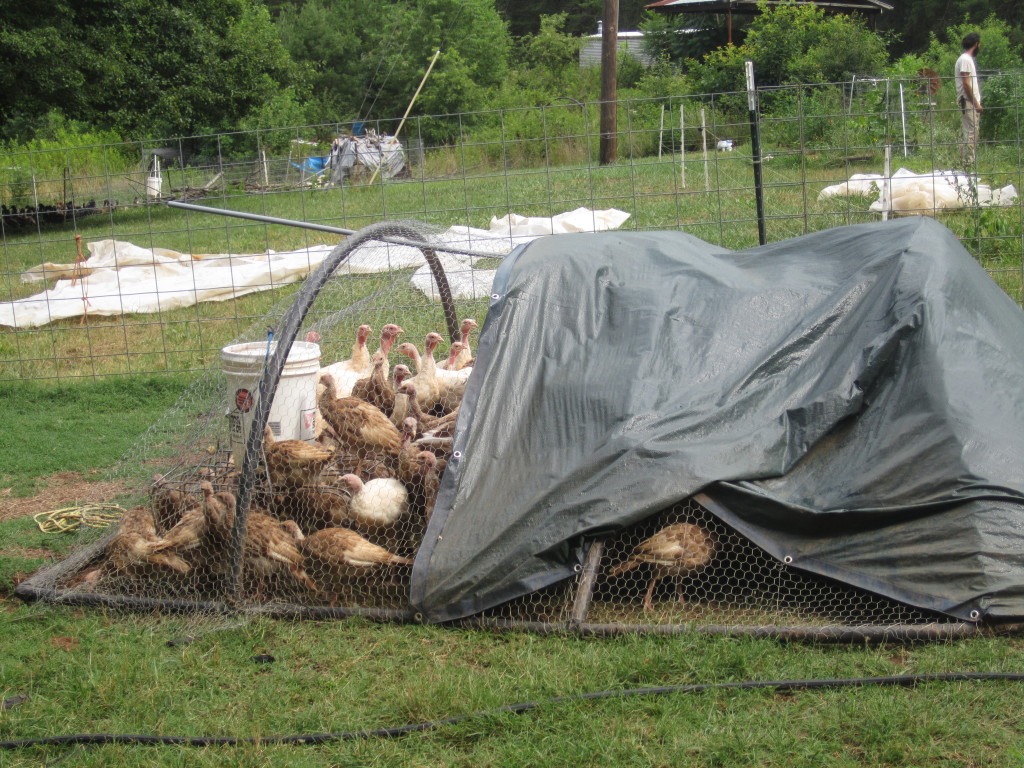If you’ve been following us on Facebook, you know that we recently received our Embden goslings in the mail. You also know that even though we ordered 10, we were only shipped 4. Sad news for us!
We ordered a “straight run” from Murray McMurray Hatchery which means that they were not sexed to determine how many males and females were in the bunch. Ordering them this way is cheaper, and since we only wanted to keep 2 males and 2 females to add to our breeding flock (and eat the rest), we figured that ordering 10 would ensure that we got what we wanted. Unfortunately, now that we only have 4 (apparently the hatchery has experienced lower hatch rates than expected and they will not send us the other 6), we are going to have to just wait around and hope that we have at least 2 males in the bunch. The 4 geese that we have now (only one of which is an Embden) are all females, a fact that we weren’t certain of until recently!
This is our second time this year that our shipments of birds were delayed or altered (beginning with our turkeys). Although the whole thing is disappointing, we’re just going to have to make due with what we’ve got!
So now we have another goose quartet, this time one that is filled with lots of fuzzy cuteness. Goslings are by far our favorite babies (I honestly enjoy them more than the piglets, to be honest)! They have such personality even at a few days old, and the fact that they imprint on the animal nearest them when they are born, makes me excited to hatch our own future geese and have them be best friends and adventure partners to our children! Geese are super loud and can flog any animal with such intensity that I am inclined to think them just as protective as dogs.
Our goslings are already “fussing” at us when we come over to visit them, just as adult geese do–bending down and stretching their necks out at you while honking.
We’ve let them out in the yard (supervised, of course) to roam around and they enjoy eating grass and seed pods. What self-sufficient little marvels!
They will probably outgrow their current home in a few weeks, and then they will probably get to go live with the other geese and ducks. We’ll see!
.:.
